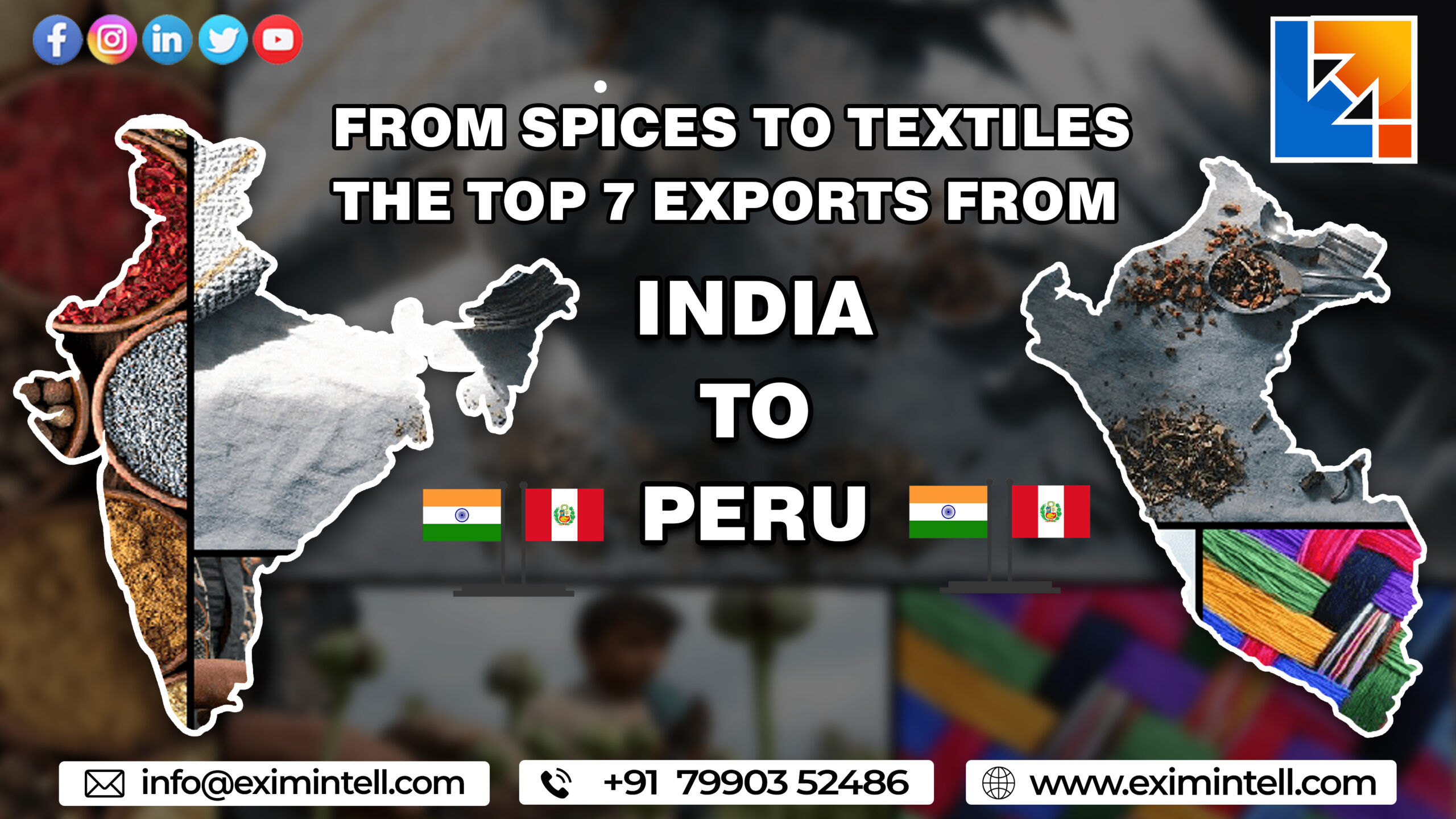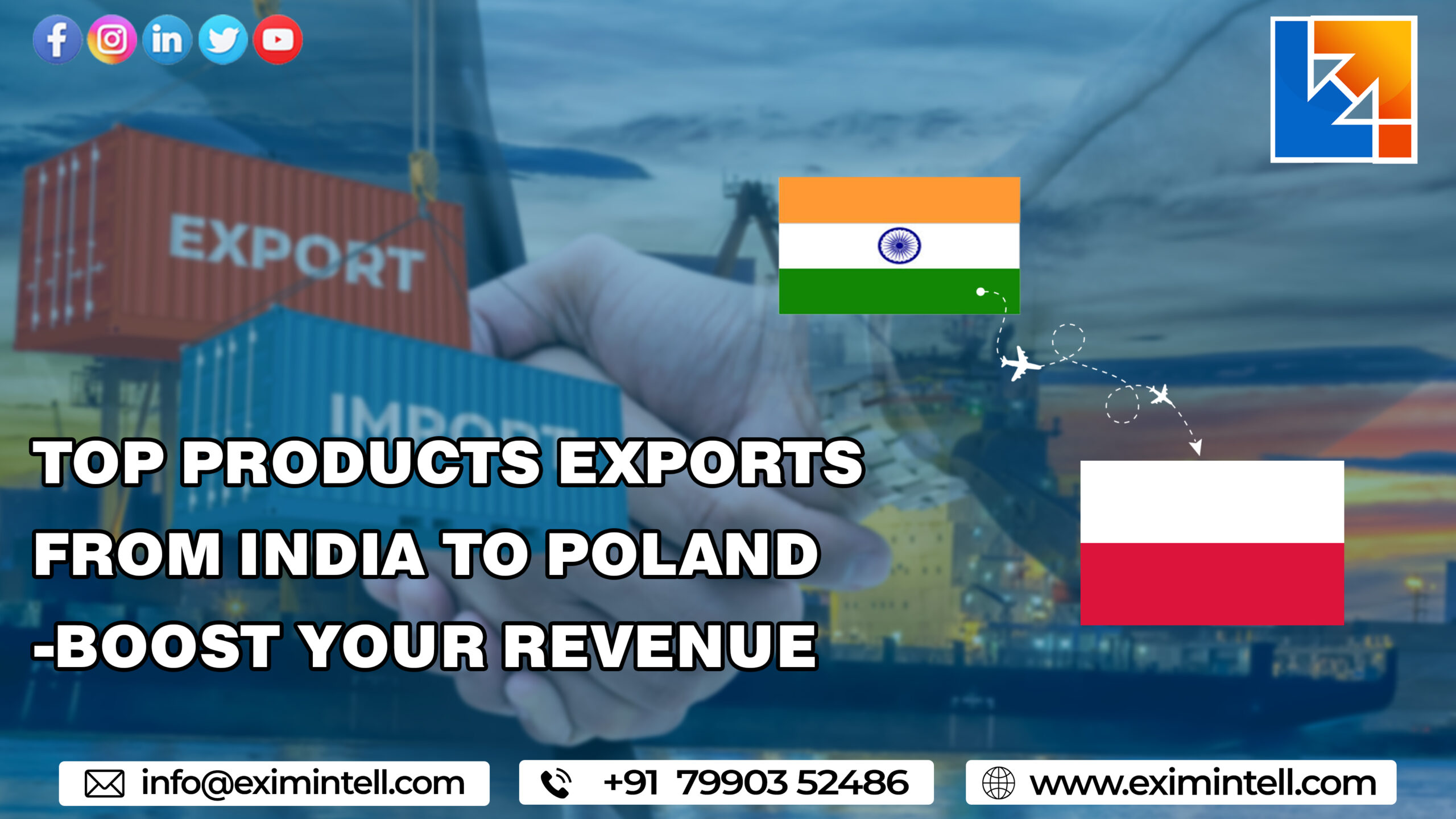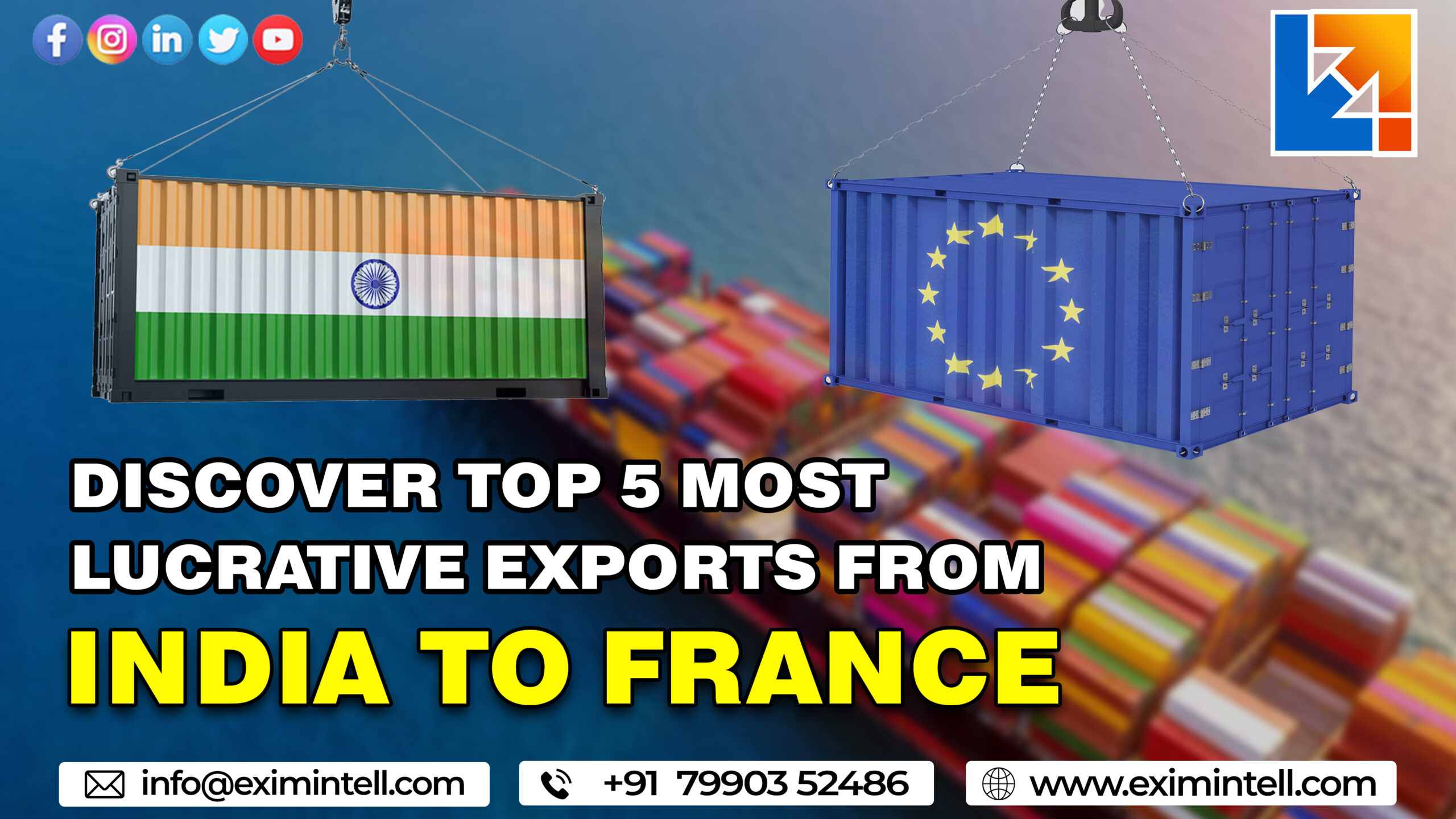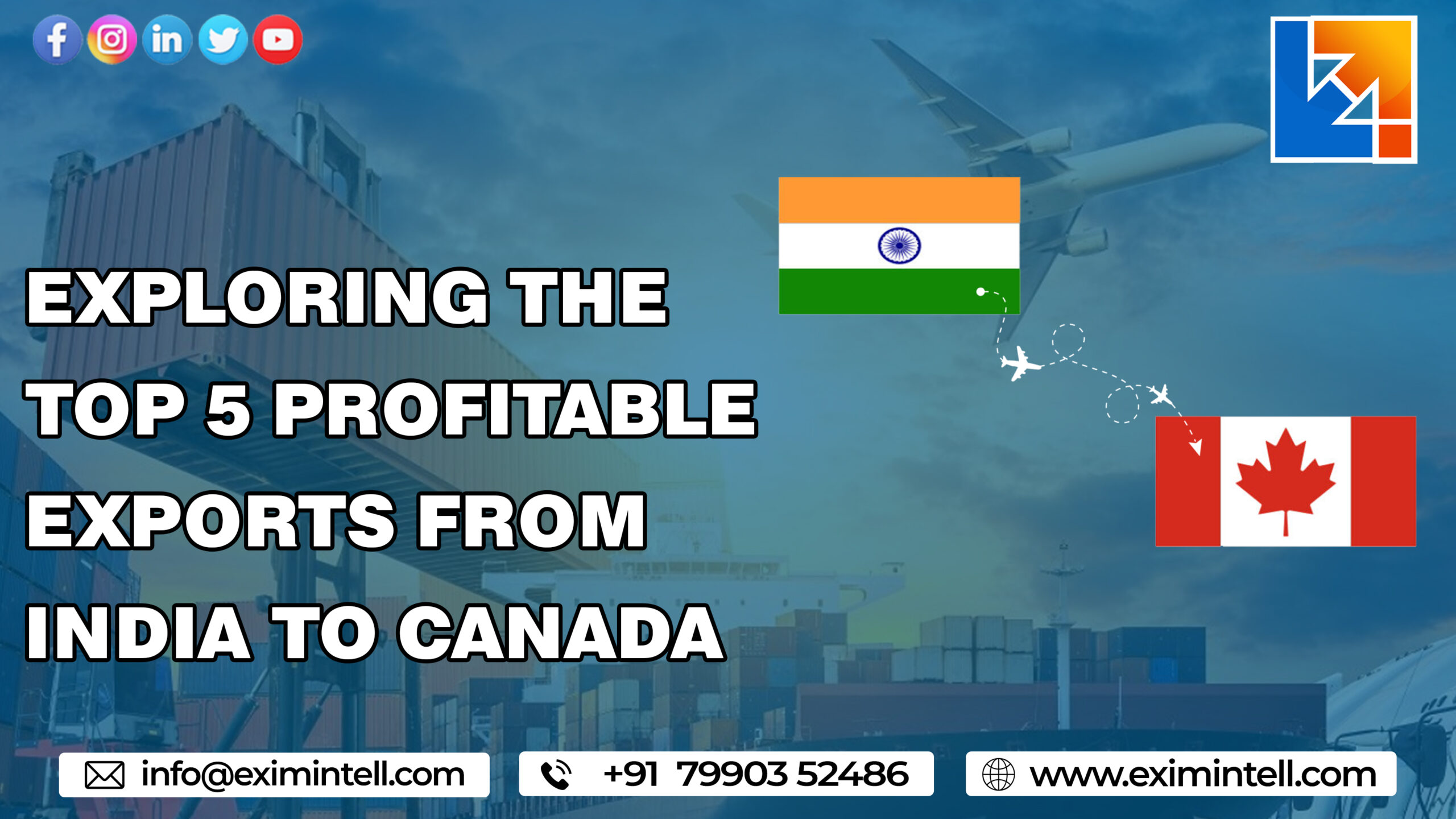India is a nation that boasts of incredible potential when it comes to international trade. With its vast reserves of natural resources and raw materials, coupled with the world’s largest working-age population, the country has already established itself as an economic powerhouse in Asia.
However, there remains much-untapped potential for the Indian import-export business to thrive even further in the future. In this blog post, we delve deep into import- export Business topic and explore what lies ahead for India’s trading landscape. Join us on this journey as we uncover new possibilities and opportunities waiting eagerly for Indian businesses to seize!
Overview of India’s Import-Export Business
In India, the import-export business has great potential due to the country’s vast population and growing economy. India is a major player in the global market, and its import-export business is expected to grow in the future.
The Indian government has been encouraging businesses to participate in the country’s import-export business. Incentives and subsidies have been provided to businesses that engage in this business. The government has also been simplifying the process of importing and exporting goods.
The Association of Chamber of Commerce and Industry of India (ASSOCHAM) estimates that the country’s import-export business could grow by 20 percent every year over the next five years. This growth will be driven by the increasing demand for Indian products in the global market as well as by the government’s initiatives to promote this business.
Current Market Trends and Opportunities
Over the past few years, India has become an increasingly popular destination for businesses looking to expand their operations. With a population of over 1.3 billion people, India offers a vast market for companies to tap into. Additionally, India’s economy is projected to grow at a rapid pace in the coming years, making it an even more attractive destination for businesses.
Several factors will contribute to India’s economic growth in the future. First, the country’s population is expected to continue to grow at a steady rate. This growth will provide a larger pool of potential consumers for businesses to target.
Additionally, India’s middle class is projected to grow significantly in the coming years. As incomes rise and more people enter the middle class, they will have more disposable income to spend on goods and services. This increase in consumer spending will provide a boost to businesses operating in India.
The Indian government is taking steps to make the country more attractive to foreign investors. In recent years, the government has been cutting red tape and streamlining regulations to make it easier for businesses to set up operations in India. These efforts are likely to pay off in the form of increased foreign investment in the country, which will further contribute to economic growth.
There is tremendous potential for businesses looking to enter the Indian market. The country offers a large and growing population, along with a rapidly expanding economy. Furthermore, the government is taking steps to make India more business-friendly, creating a favorable environment for companies to operate in. For these reasons, now is an excellent time for businesses to explore opportunities in the Indian market.
Benefits of Doing Business in India
India is a land of opportunity for businesses looking to expand their operations. The country’s vast population and growing middle class provide a large potential market for companies selling consumer goods.
India’s membership in the World Trade Organization (WTO) and its recent trade agreements with other countries have lowered barriers to exports, making it easier for companies to sell products in India. India’s economy is also growing rapidly, providing more opportunities for businesses to succeed. Doing business in India has many potential benefits for companies looking to expand their reach.
Indian Government Policy and Regulations for Import- Export Business
Policy and regulations related to imports and exports in India are determined by the Directorate General of Foreign Trade (DGFT), which is a part of the Ministry of Commerce and Industry. The DGFT is responsible for the formulation and implementation of foreign trade policy, the promotion of exports, and the regulation of imports.

The current import policy in India permits the import of all goods except those that are restricted or prohibited. However, certain conditions and restrictions may apply to the importation of some goods. For example, Indian customs law requires that all imported goods must be declared at the time of entry into India. Import duties and other taxes must also be paid on these goods.
Restrictions on imports are generally imposed for reasons of economic development, national security, or environmental protection. Prohibited items include narcotics and drugs, arms and ammunition, gold and silver, wildlife products, Hazardous Waste as defined in the Basel Convention on the Control of Transboundary Movements of Hazardous Wastes and their Disposal, used vehicles, ozone-depleting substances (ODS), etc.
To encourage exports and promote foreign trade, the Indian government offers several benefits and schemes such as duty drawbacks, export incentives, market access initiatives, etc. These benefits are available through various ministries/departments such as the Ministry of Finance, Ministry of Commerce & Industry, Department of Revenue, etc.
Potential Benefits for Medium-sized Businesses in India
The potential for Indian import-export business in the future is very promising. India has a large population with a growing middle class, which creates a huge demand for goods and services. Additionally, India has a young and educated workforce, which is attracted to the country’s many opportunities.
There are several potential benefits for medium-sized businesses in India. First, the country offers a large market with immense growth potential. Second, India’s infrastructure is improving, making it easier to do business there. Third, the Indian government is enacting pro-business reforms that make it simpler to start and operate a business in the country. Because of its vast population, India also provides a large pool of potential employees.
With all of these factors considered, it’s no wonder that many businesses are optimistic about the potential for Indian import-export business in the future.
Strategies to Maximize Profits from Indian Import -Export Business
India’s economic growth over the past few years has been nothing short of impressive, and this is expected to continue in the years to come. As such, there is significant potential for businesses to profit from importing and exporting to and from India. However, there are a few things to keep in mind to maximize profits.
First and foremost, it is important to have a clear understanding of the Indian market. What products or services are in demand? What are the preferences of Indian consumers? What is the competition like? Conducting market research will give you valuable insights into these questions and more.
Once you have a good understanding of the market, you need to develop a strategy for entering it. There are many ways to do this, but two common methods are indirect exports (i.e., selling to an intermediary who then exports to India) or direct exports (i.e., selling directly to Indian customers). Each approach has its own set of benefits and drawbacks, so it’s important to choose the one that makes the most sense for your business.
It’s also crucial to have a solid plan for logistics and distribution. This includes everything from transportation and warehousing to customs clearance and paperwork. If you’re not well-prepared on this front, it can lead to delays and other problems that can eat into your profits.
By following these tips, you can maximize your chances for success when importing or exporting to and from India.
Challenges Faced by Indian Importers/Exporters
The Indian import-export business has great potential for growth in the future. However, several challenges need to be addressed for this sector to truly thrive.
One of the biggest challenges is the high cost of shipping goods into and out of India. This is due to the country’s lack of developed infrastructure, which makes it difficult and expensive to move goods around. In addition, many Indian ports are congested and inefficient, making it difficult for businesses to get their products in and out on time.
Another challenge facing the Indian import-export business is bureaucracy. The process of importing and exporting goods is often complicated and time-consuming due to the numerous regulations that must be followed. This can be a major barrier for businesses, especially small and medium-sized ones.
Another obstacle that businesses face is competition from foreign companies. Due to India’s relatively low wages and favorable trade policies, many multinational corporations have set up operations in the country. These companies often have an advantage over local businesses due to their experience and resources. As a result, Indian businesses need to find ways to compete against these well-established players.
Conclusion
India’s import-export business has great potential for the future. The Indian economy is expected to continue growing over time and this will open up new opportunities in trade. Furthermore, technological advances such as e-commerce and digital payments could make it easier for businesses to access markets around the world. With supportive government policies and investments in infrastructure, India can become one of the most important players on the global trading scene.




















